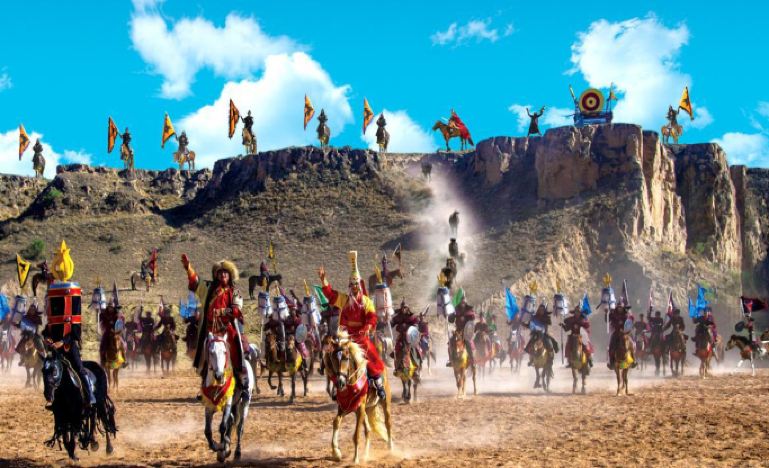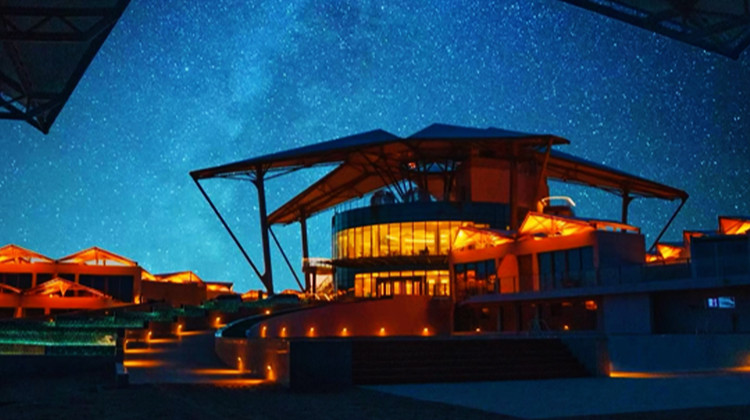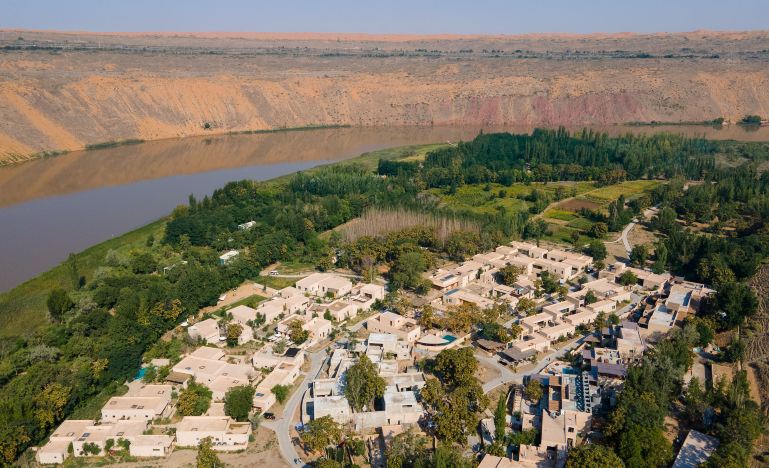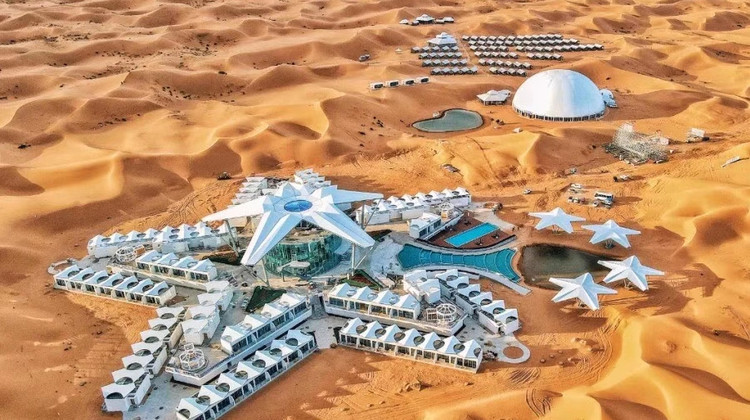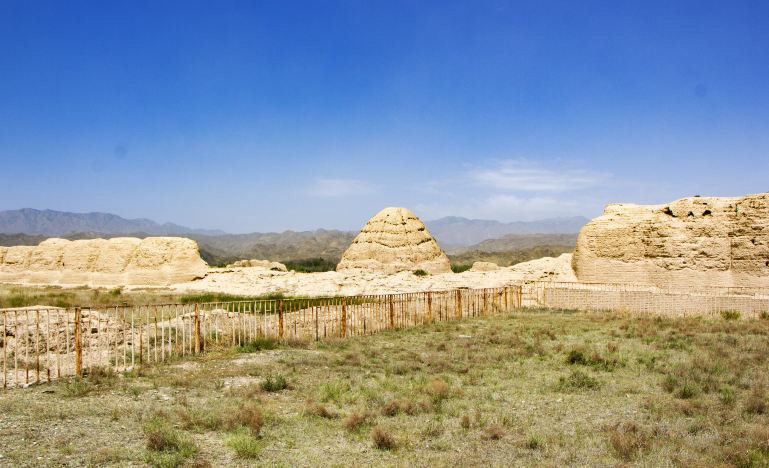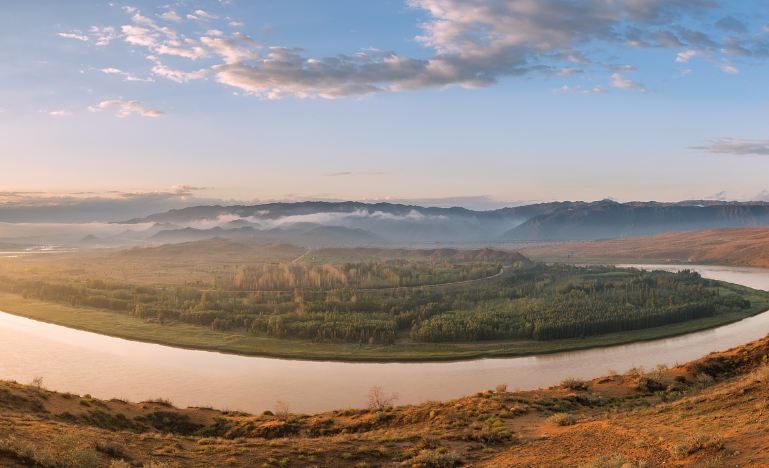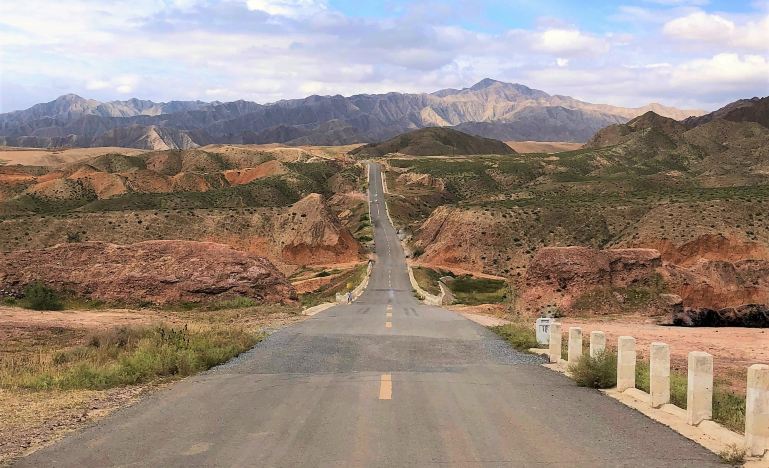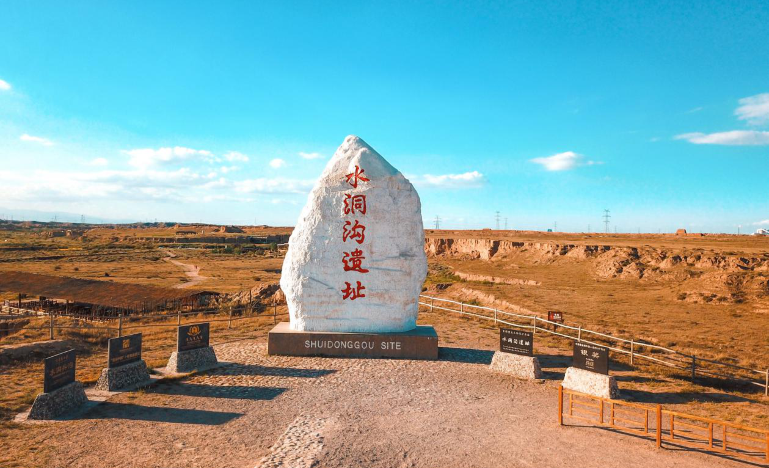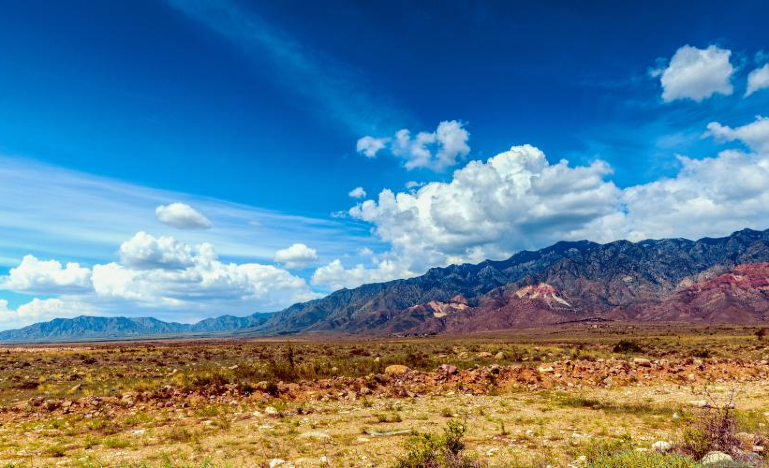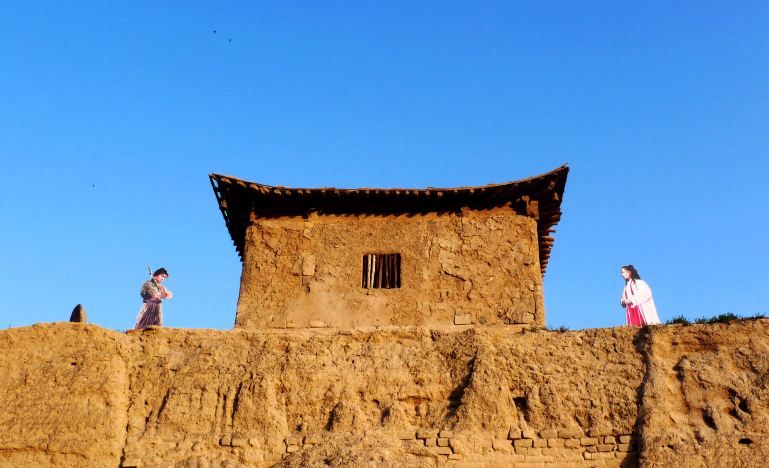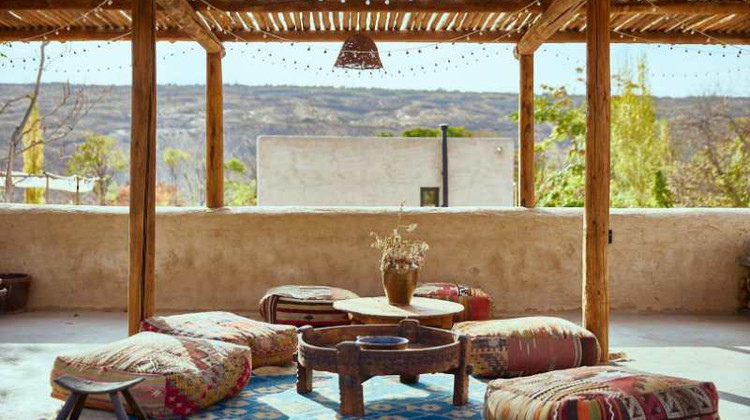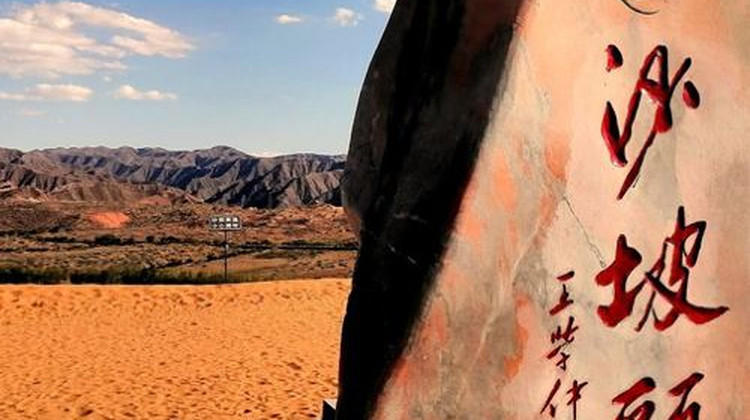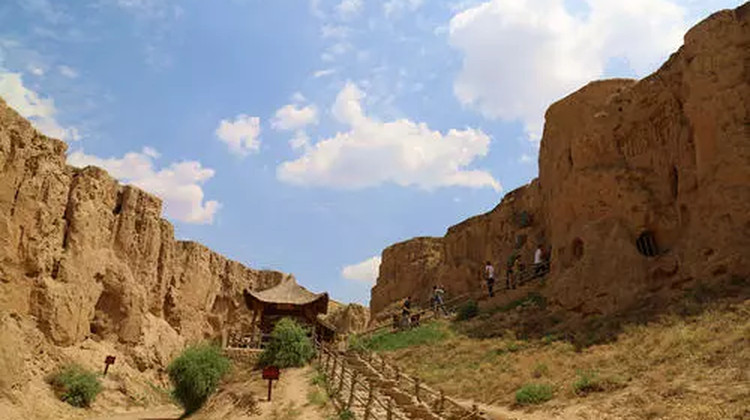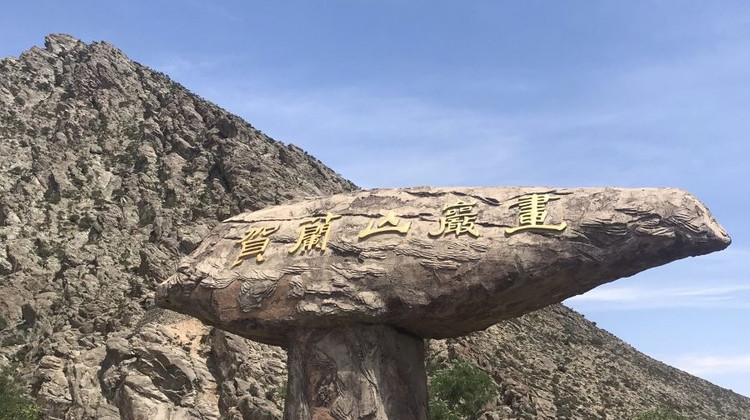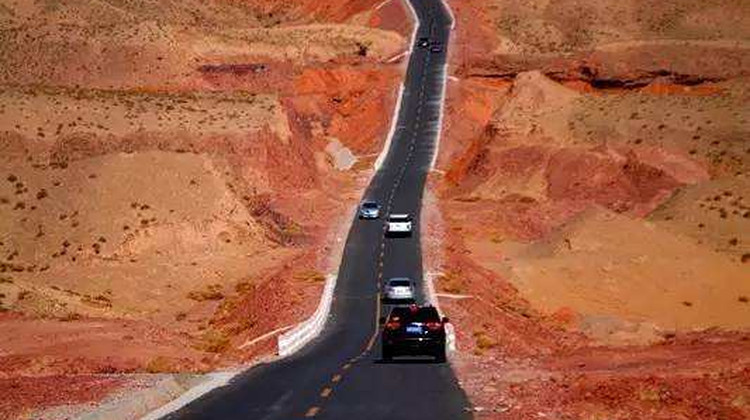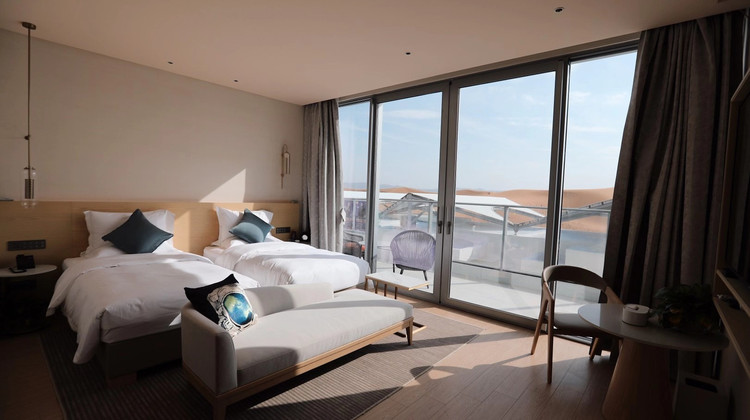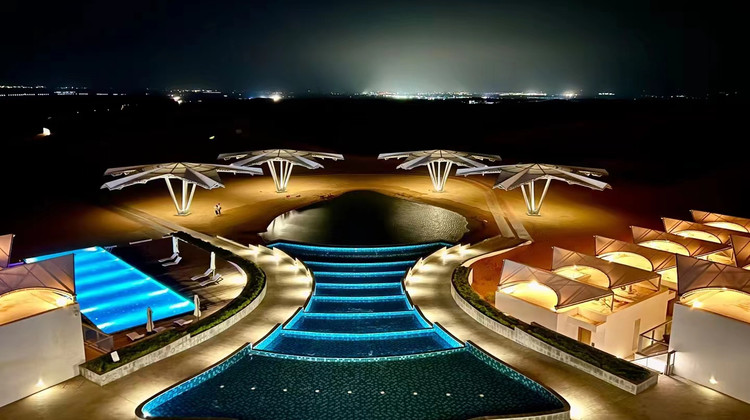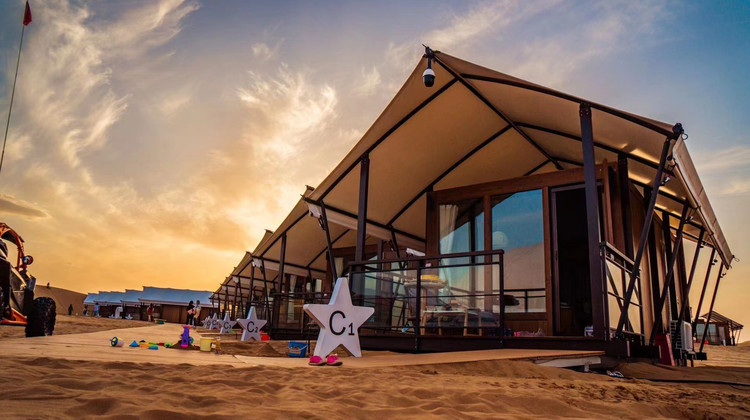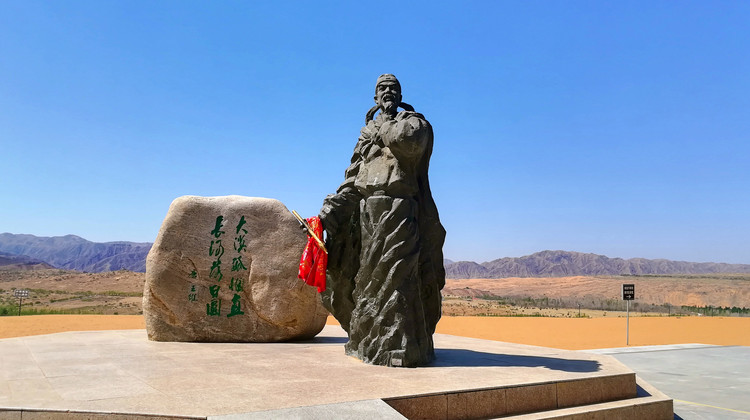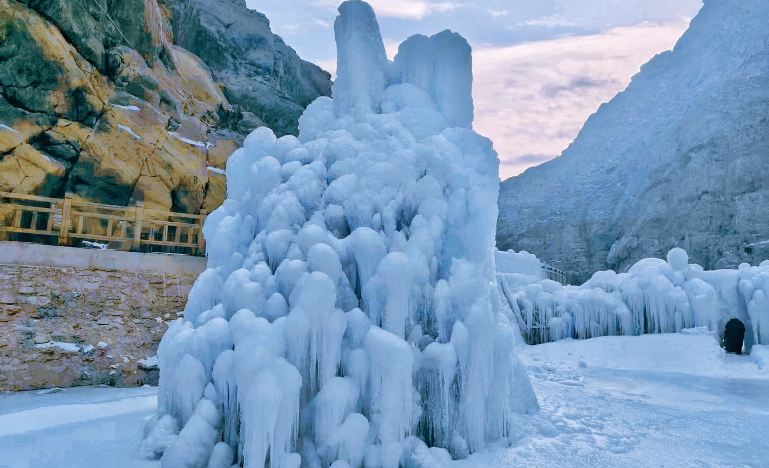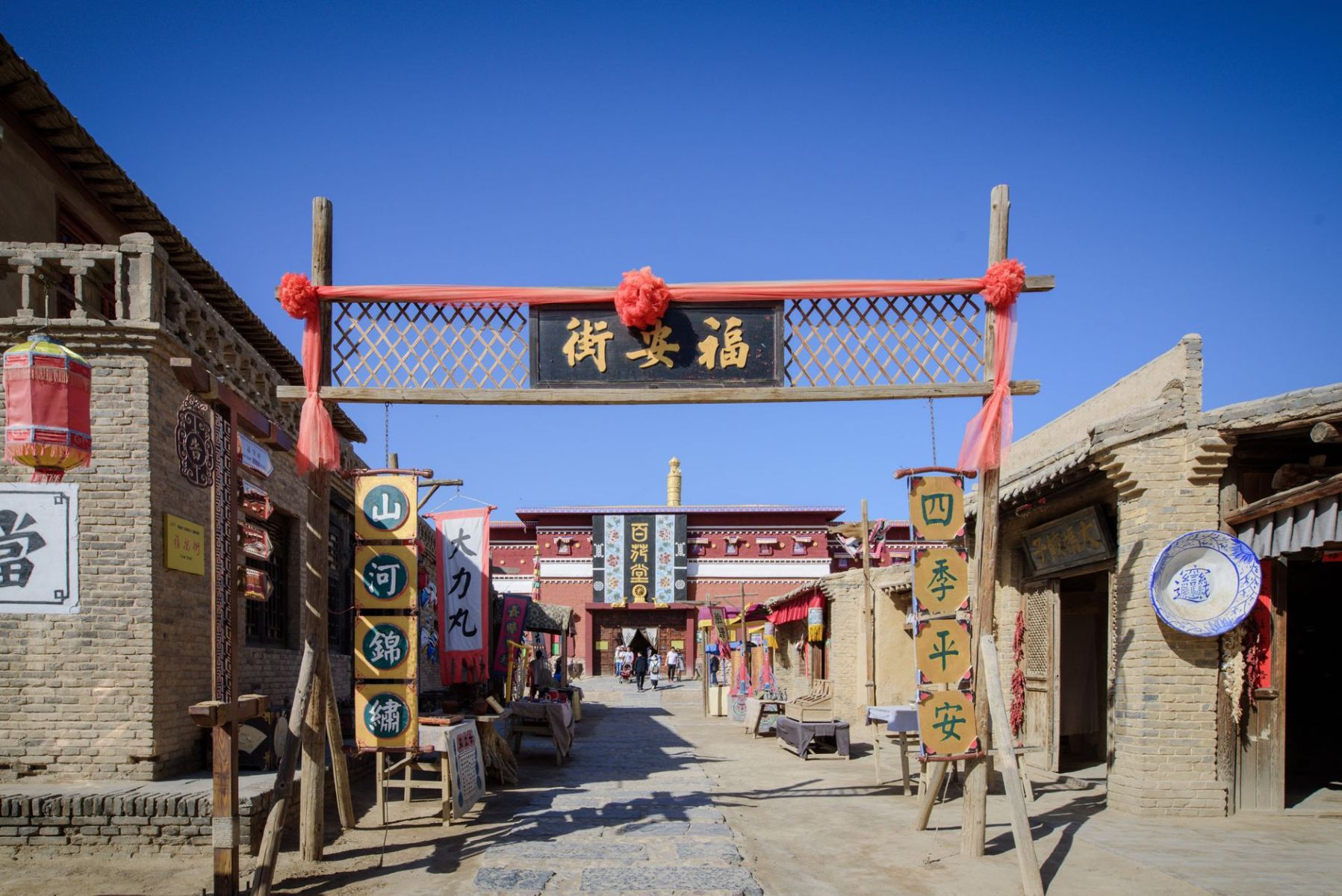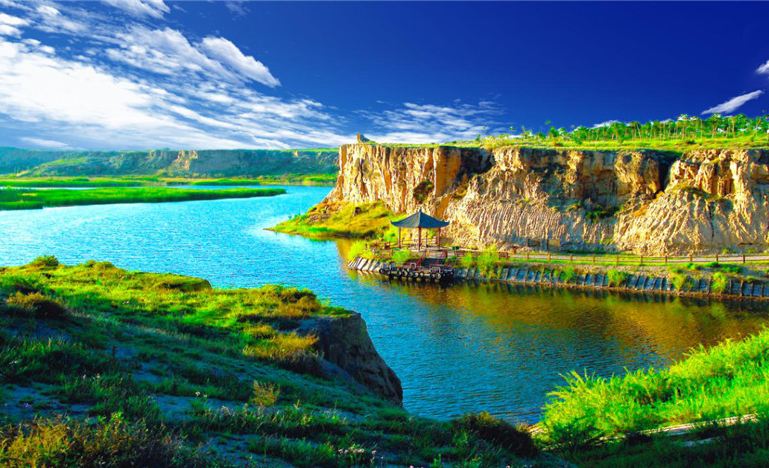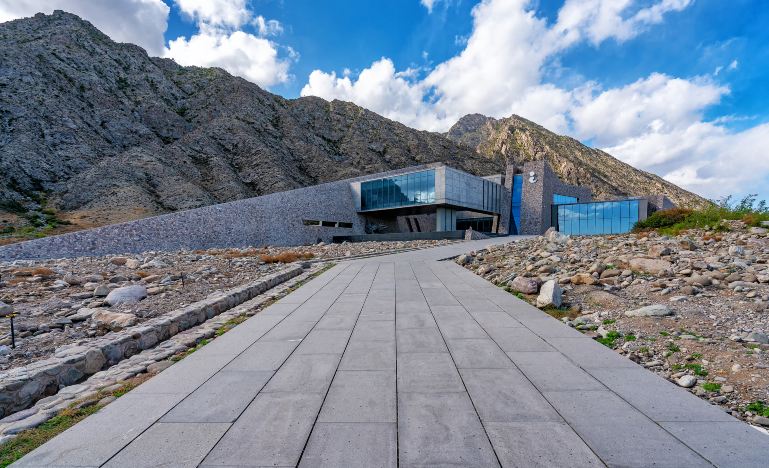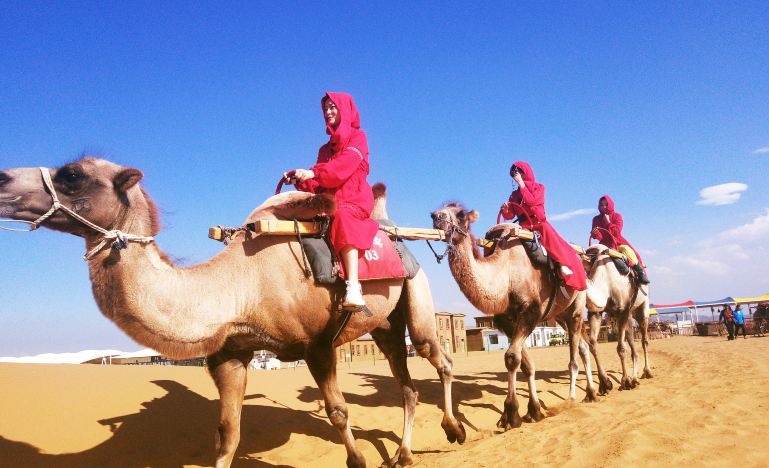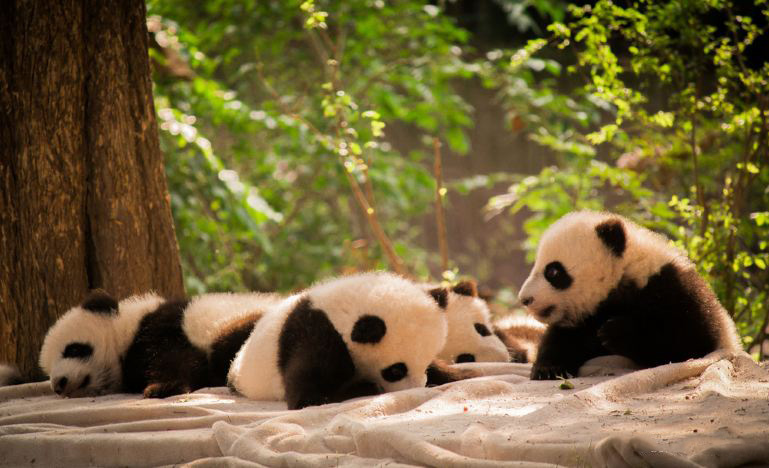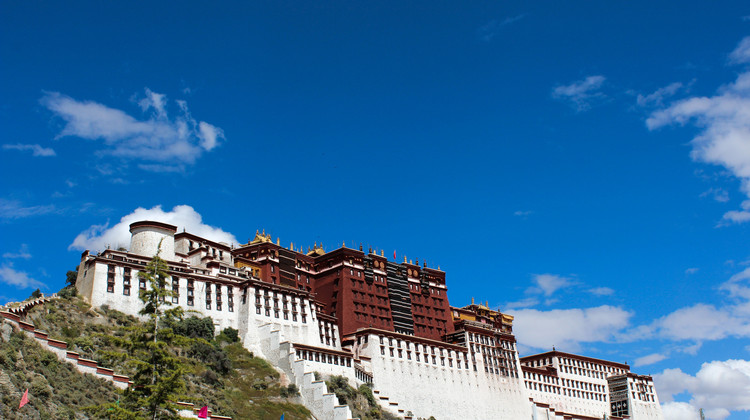Ningxia Yinchuan Zhenbeibao Western Movie Town + Zhongwei Sha Potou + Route 66 6-Day 5-Night Trip
Colorful Attractions: Uncover the mysteries of prehistoric civilization at the Shuidonggou site; unlock the secrets of the Western Xia civilization at the “Oriental Pyramid”—Western Xia Imperial Tombs; fireworks, starry skies, desert landscapes, and the Milky Way, fulfilling all your romantic reveries! Take a break for your soul and enjoy the leisurely parent-child time at the Yellow River Su Ji; in the heart of the desert, gaze at the stars, witness the brilliant starry sky and the vast Milky Way, embellishing your exclusive night! Tengger Desert—Sha Potou (filming location of “Red Sorghum”), Zhenbeibao Western Movie Town, check in at the popular Huaiyuan Night Market, and savor the delicious food on the tip of your tongue.
Note:
- Ningxia is a Muslim-concentrated area
- Ningxia is mostly desert and loess plateau, which is very dry. Please pay attention to hydration and sun protection.
Itinerary
Free activities
Recommended attractions: Drum Tower, Jade Emperor Pavilion, Beita Lake, Lanshan Park
Recommended cuisine: Steamed Lamb, Clove Elbow (a braised pork dish), Mixed Stewed Dishes, Lamb Chop Noodle, Wonton Soup with Vermicelli, Yinchuan Crispy Fried Chicken.
Shuidonggou is an archaeological site and tourist attraction in Lingwu City, Yinchuan, Ningxia. It is the earliest paleolithic site in China, dating from over 30,000 years ago, and one of the AAAAA Tourist Attractions of China, a list of the most important and best-maintained tourist attractions in the People’s Republic of China.
Human occupation of the site took place in the Late Pleistocene to Middle Holocene. Over 50,000 individual items have been collected from the site.
Émile Licent, a paleontologist from France, was the first to discover the site in 1920, finding a Rhinoceros fossil and stone tools. His discovery was followed up by a formal excavation in 1923 and successive excavations since.
The Tengger Desert or Tengri Desert (Mongolian: Тэнгэр цөл, Chinese: 腾格里沙漠; pinyin: Ténggélǐ Shāmò; lit. ‘Sky Desert’) is an arid natural region that covers about 36,700 km2 and is mostly in the Inner Mongolia Autonomous Region in China.
The desert is expanding in size.
The expansion of the Tengger and its neighbour, the Badain Jaran Desert, has been apparent since the 1950s, when large volumes of water were diverted from rivers to feed agricultural expansion and huge tracts of forest were removed. Since 1958, local governments have mobilised residents for afforestation campaigns to prevent the desert’s spread. By 2004, the desert’s expansion was estimated as 10 metres per year in some areas. In 2007, a non-profit organisation founded by residents of Minqin County created square ditches lined with hay and grass that they later planted with saxaul to stabilise the sand dunes. In 2010, the central and regional governments announced a five-year reforestation plan to create a 202-km green belt between the Tengger and Badain Jaran deserts.
Zhenbeibao Western Movie Town (China Film Studio) is located in Yinchuan City, Ningxia Hui Autonomous Region. It is a national AAAAA-level tourist attraction that integrates sightseeing, entertainment, leisure, dining, and shopping. It was founded by writer Zhang Xianliang on September 21, 1993.
Known for its simple, primitive, rugged, desolate, and folk characteristics, Zhenbeibao Western Movie Town features many film shooting landscapes such as Ming City, Qing City, and Old Yinchuan Street, among others.
In April 2007, Zhenbeibao Western Movie Town was rated as “China’s Most Popular Tourist Destination” and is one of the top ten film and television bases in China. It has served as the filming location for movies such as “A Chinese Odyssey,” “New Dragon Gate Inn,” and “Red Sorghum.” At the 2018 China Yellow River Tourism Conference, it was honored as one of the “50 Scenic Spots of the Yellow River in China.”
This trip takes you through a journey of historical discovery and cultural immersion:
- Start in Yinchuan, the capital city of Ningxia, known for its blend of modern development and rich heritage.
- Visit the Western Xia Imperial Tombs, a site that offers a deep dive into the history of the Western Xia Dynasty, showcasing the architectural grandeur and cultural legacy.
- Explore the ancient Helan Mountain Rock Art, a UNESCO World Heritage site, featuring thousands of petroglyphs that depict the lives of hunters and herders from ancient times.
- End the day with a vibrant food experience at the Huaiyuan Night Market, where you can indulge in local delicacies and street food, bringing the flavors of Yinchuan to life.
- Return to Yinchuan, where you can rest and prepare for the next day’s adventures.
Finally, a popular science explanation of the history of the Western Xia Dynasty:
The Western Xia or the Xi Xia (Chinese: 西夏; pinyin: Xī Xià; Wade–Giles: Hsi1 Hsia4), officially the Great Xia (大夏; Dà Xià; Ta4 Hsia4), also known as the Tangut Empire, and known as Mi-nyak to the Tanguts and Tibetans, was a Tangut-led imperial dynasty of China that existed from 1038 to 1227. At its peak, the dynasty ruled over modern-day northwestern China, including parts of Ningxia, Gansu, eastern Qinghai, northern Shaanxi, northeastern Xinjiang, and southwest Inner Mongolia, and southernmost Outer Mongolia, measuring about 800,000 square kilometres (310,000 square miles).
The capital of Western Xia was Xingqing (modern Yinchuan); another major Xia city and archaeological site is Khara-Khoto. Western Xia was annihilated by the Mongols in 1227. Most of its written records and architecture were destroyed, so the founders and history of the empire remained obscure until 20th-century research in China and the West. Today the Tangut language and its unique script are extinct, only fragments of Tangut literature remain.
The Western Xia occupied the area around the Hexi Corridor, a stretch of the Silk Road, the most important trade route between northern China and Central Asia. They made significant achievements in literature, art, music, and architecture, which was characterized as “shining and sparkling”.[ Their extensive stance among the other empires of the Liao, Song, and Jin was attributable to their effective military organizations that integrated cavalry, chariots, archery, shields, artillery (cannons carried on the back of camels), and amphibious troops for combat on land and water.
FAQs
- A: Zhenbeibao Western Movie Town offers a glimpse into the charm of old Western China. You can see various movie sets and experience the unique atmosphere of the past.
A: Yes, at Zhenbeibao Western Movie Town and Huaiyuan Night Market, you can find a variety of souvenirs. At the historical sites like the Western Xia Imperial Tombs and ancient Helan Mountain Rock Art, there are also some souvenir stalls selling items related to the local culture.
A: For 144hour-free-visa, you can refer this post 144-hour-Visa-Free Transit policies for Foreign Nationals – A Complete Guide in 2024 – ChinaTravelTips (china-travel-tips.com)



